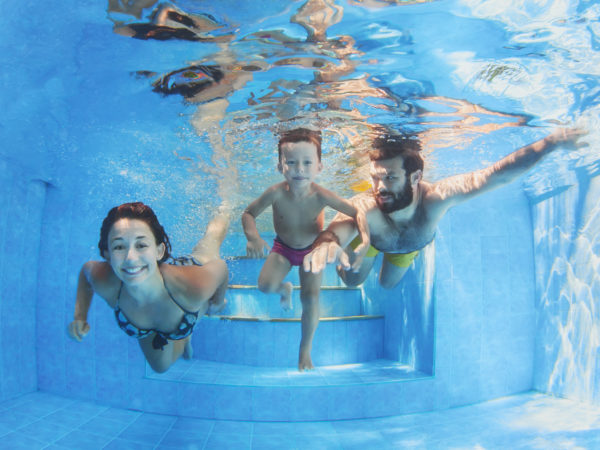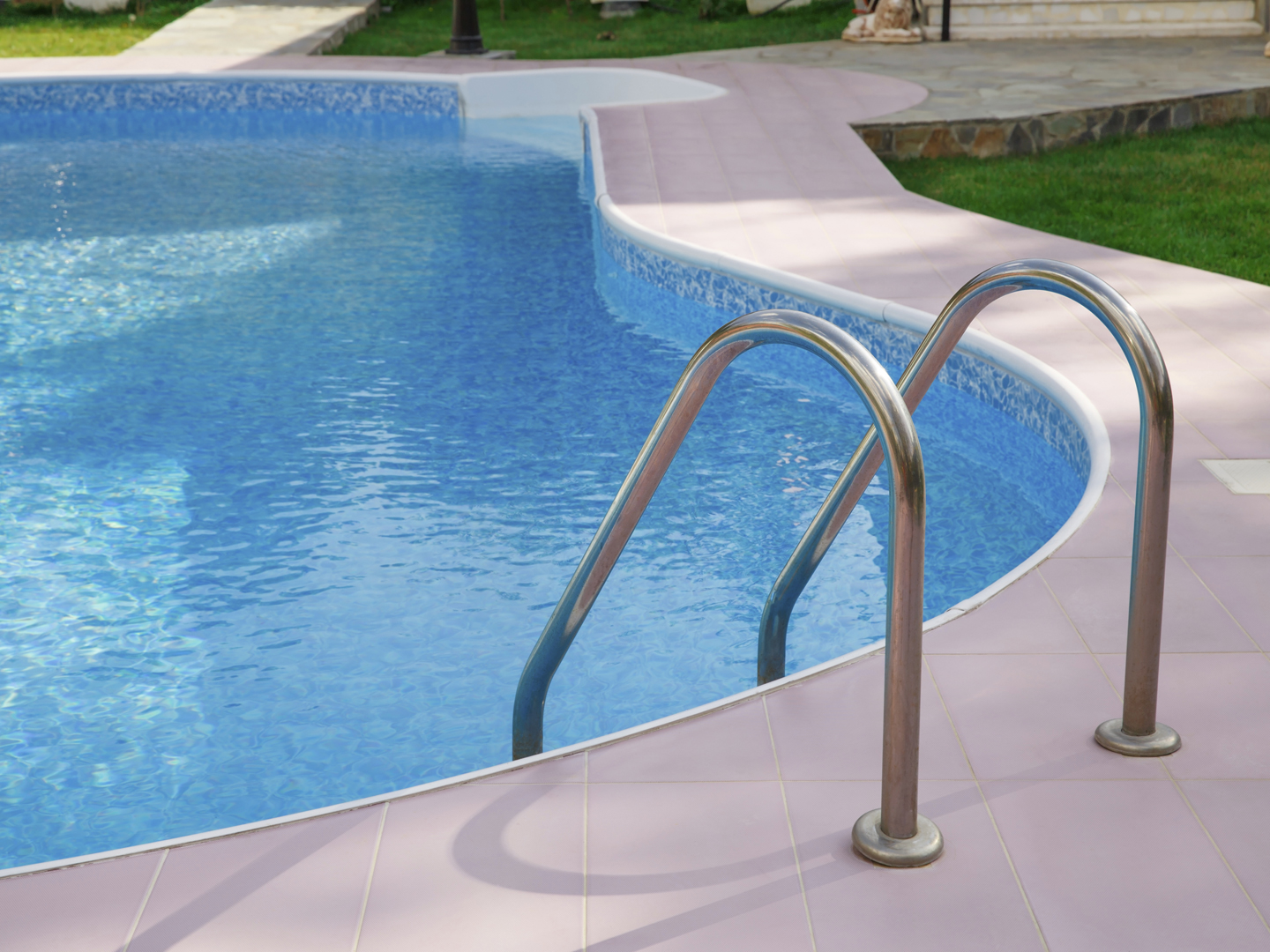Too Much Pee In The Pool?
I’m wondering about a study showing that urinating in a swimming pool leads to formation of harmful chemicals and that there are gallons of urine in the typical pool. Is this for real?
Andrew Weil, M.D. | May 19, 2017

Yes it is. I’ve written previously about the chemical compounds that can form when urine reacts with chlorine. The latest study on this issue comes from a team of Canadian researchers who set out to determine how much urine swimming pools actually contain. They were focused on the formation of “disinfection” by-products, including chloramines (responsible for chlorine odor), cyanogen chloride (formed when chlorine reacts with nitrogen in urine and an irritant of the eyes, nose and lungs), and nitrosamines (known to cause cancer in lab animals and probably carcinogenic in humans).
Interestingly, the researchers found they could calculate the amount of urine in a swimming pool by measuring levels of an artificial sweetener found in the water. They explained that this sweetener, acesulfame potassium (Ace-K, for short) is found in most people’s urine. In the U.S., Ace-K is approved for use in a wide variety of foods and drinks, including chewing gum, dry dessert mixes, tabletop sweeteners, confections, soft candy, hard candy (breath mints, cough drops and lozenges), baked goods, dairy products, and carbonated and alcoholic beverages. This calorie-free sweetener goes right through you and doesn’t break down in water.
Based on their calculations, the investigators concluded that a single 220,000-gallon commercial swimming pool contains nearly 20 gallons of urine while a 20 by 40 foot, residential pool that is five feet deep likely contains about two gallons of urine.
Unsavory as these findings are, the study didn’t reveal how much of a real-world risk the disinfection byproducts pose. All we know about that comes from a Spanish study published in 2007 that reported an increased risk of bladder cancer in swimmers who habitually swam in chlorinated pools.
There’s no way to get rid of urine in a pool without emptying all the water, something that is rarely done as part of scheduled maintenance. The solution, of course, is simply not to pee in the pool and teach your kids not to. It is also a good idea to take a quick shower before going into a pool, because sweat and cosmetics also react with chlorine to form disinfection by-products.
Of course, chlorine itself is a health hazard. I’ve reported on this site about research suggesting that children who swim frequently in chlorinated pools have increased risks of developing allergies and asthma. Among adults, exposure to chlorine has been linked with both rectal cancer and bladder cancer, and possibly, increased risk of coronary heart disease.
I’ve long believed that inhaling chlorine fumes that accumulate above and around pools is unhealthy. Chlorine is a strong oxidizing agent and irritant, harmful to eyes and skin, the respiratory passages and lungs. There are safer, more modern disinfection methods. I use a Sigma System silver-copper ion generator in my own pool, and believe chlorine-based disinfection of swimming pools is obsolete.
Andrew Weil, M.D.
Source:
Xing-Fang Li et al, “Sweetened Swimming Pools and Hot Tubs.” Environmental Science & Technology Letters, March 1, 2017; DOI: 10.1021/acs.estlett.7b00043











